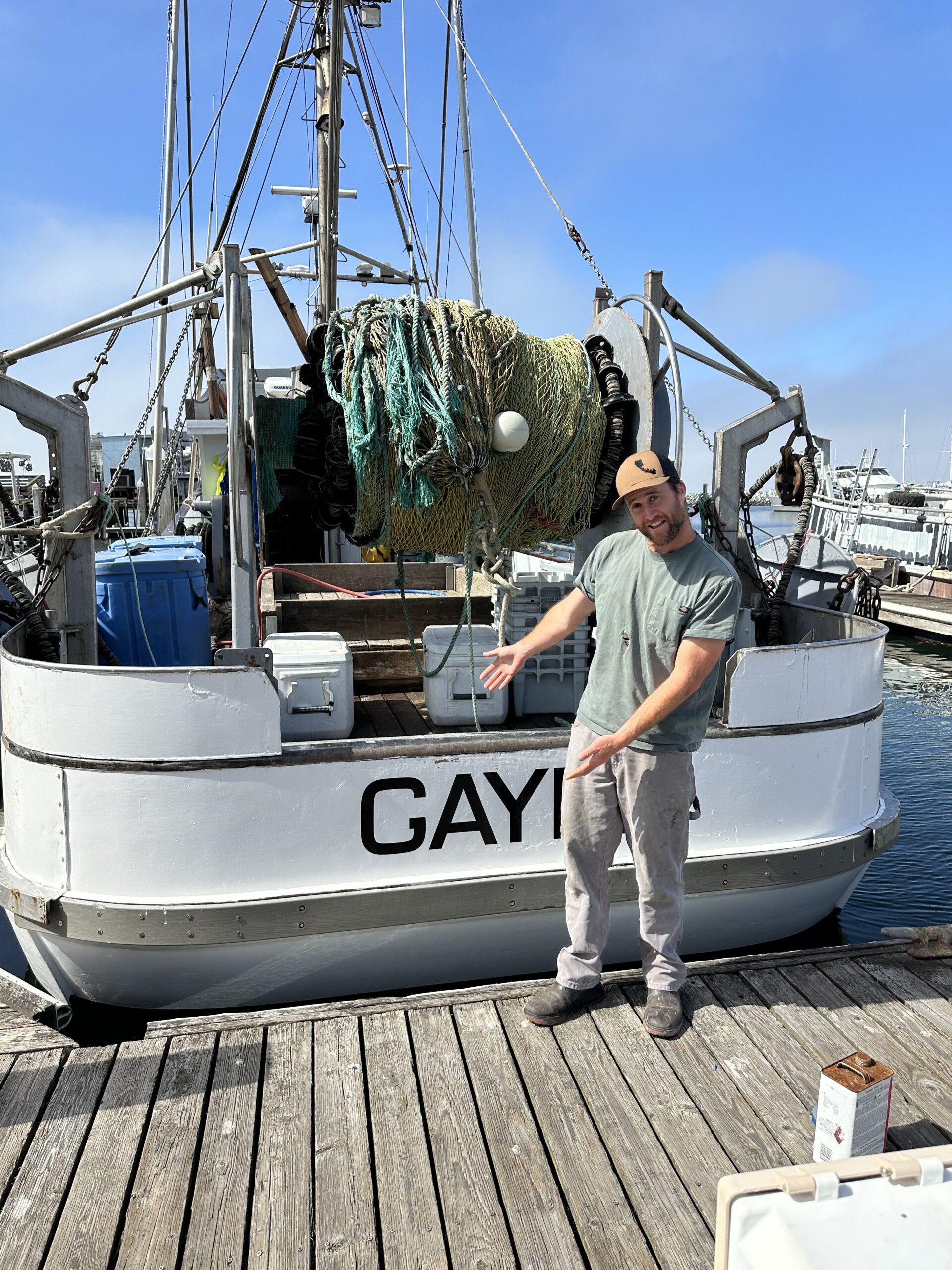*
Range/Habitat
The California halibut or California flounder is native to the waters of the Pacific Coast of North America from the Quillayute River in Washington to Magdalena Bay in Baja California.
A Legacy of the Sea, Built on Hard Work and Determination
The California halibut is a large-tooth flounder native to the waters of the Pacific Coast of North America.
Known for its sweet, tender meat, it’s a popular seafood choice, especially in the United States.
Pacific salmon are a key part of the Pacific Northwest ecosystem

Kyle Pemberton, raised in a family with deep roots in the fishing industry, grew up immersed in the hard work and resilience of commercial fishermen. He began his career as a deckhand on the Highliner in the local harbor, eventually working his way up to alternate captain of the Mr. Morgan.
Determined to chart his own course, Kyle saved diligently and, with support from the California Fisheries Fund, purchased his own vessel to enter the challenging West Coast ground fishery. After two years of navigating its complexities, he made a bold move by acquiring a Crab permit with backing from a fish buyer.
By focusing on sustainable, high-demand species like salmon, Dungeness crab, and halibut, Pemberton Fishing found its niche and has since grown into a thriving, profitable business. Today, Pemberton Fishing continues to honor the family legacy while delivering the finest seafood from ocean to table.
California halibut (Paralichthys californicus) typically weighs 6 to 30 pounds (3 to 23 kg), with the largest reported weighing 72 pounds (32.7 kg). It is rare, but they can grow up to 60 inches (1.52 m), and their average length is 12 to 24 inches (30 to 61 cm). The largest fish of this species are females since they grow faster, and males do not grow as large. The legal catch limit that applies to all commercial and recreational halibut fisheries is 22 inches and around 4 pounds , and this growth takes them about 3 to 5 years to reach.
The California halibut or California flounder is native to the waters of the Pacific Coast of North America from the Quillayute River in Washington to Magdalena Bay in Baja California.
In terms of nutrition, halibut offers a bounty of micronutrients-notably selenium, vitamin B6, vitamin B12, and niacin-and plenty of high-quality protein.
Commercial fishing is open year-round except trawl fishery, which is open June 16-March 14.




Dungeness Crab is known for its succulent and sweet meat, loaded with Vitamin b-12 and tons of omega-3’s. West Coast Classics. Dungeness Crabs inhabit a range of environments, including sandy bottoms, eelgrass beds, and rocky areas along the West Coast.
Dungeness crabs (Metacarcinusmagister) are found in the nearshore waters of the Pacific Ocean from Alaska to Mexico.
Its high protein, low fat, and rich micronutrient content make it a nutritious addition to a balanced diet.
The Dungenous Crab Season is typically around November, and can extend into late spring depending on conditions.
Salmons have sleek, streamlined bodies that typically change color throughout their lifetimes. While in freshwater, Atlantic salmon are brown and spotted. When they migrate to the ocean, they turn silvery. Atlantic salmon are the largest salmon species, typically growing to just under four feet in length.
Pacific salmon can be found along the entire Pacific Coast from the Arctic down through California.
Pacific salmon is a great source of protein, with minimal carbohydrates, and is particularly rich in omega-3 fatty acids.

